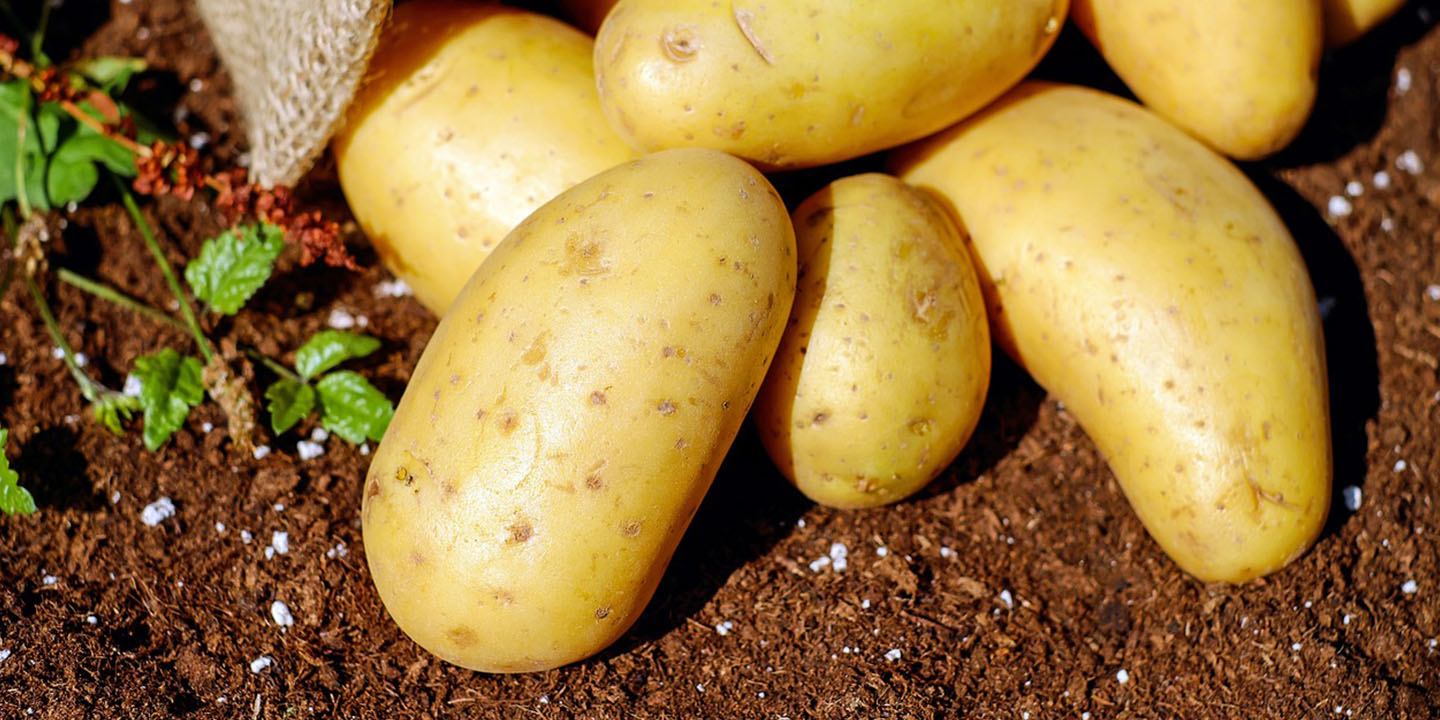These 10 Foods Can Trigger Headaches But These 10 Can Help Remedy Them
Are you frequently battling headaches without knowing the culprit? Sometimes, what you eat might be the cause. Certain foods contain compounds that can trigger headaches in susceptible individuals. By being mindful of what you consume, you can potentially alleviate these painful episodes and enjoy a better quality of life. Here are 10 foods notorious for causing headaches:
1. Processed Meats
Bacon, sausage, and deli meats may be delicious, but they often contain high levels of nitrates, which can dilate blood vessels and trigger headaches in some people. Additionally, these meats are high in sodium, which can lead to dehydration, another common headache trigger.
 Image by Michal Jarmoluk from Pixabay
Image by Michal Jarmoluk from Pixabay
2. Aged Cheese
Aged cheeses like cheddar, blue cheese, and Swiss contain tyramine, a compound formed as proteins in cheese break down over time. Tyramine can cause blood vessels to constrict and dilate, potentially leading to headaches, particularly migraines.
 Image by PDPhotos from Pixabay
Image by PDPhotos from Pixabay
3. Chocolate
While chocolate may be a beloved treat, it contains both caffeine and tyramine, making it a double whammy for headache sufferers. Caffeine can disrupt sleep patterns and lead to withdrawal headaches, while tyramine can trigger migraines in susceptible individuals.
 Image by Alexander Stein from Pixabay
Image by Alexander Stein from Pixabay
4. Citrus Fruits
Citrus fruits like oranges, lemons, and grapefruits contain high levels of citric acid, which can be a headache trigger for some people. Additionally, the strong smell of citrus fruits may also exacerbate headaches in sensitive individuals.
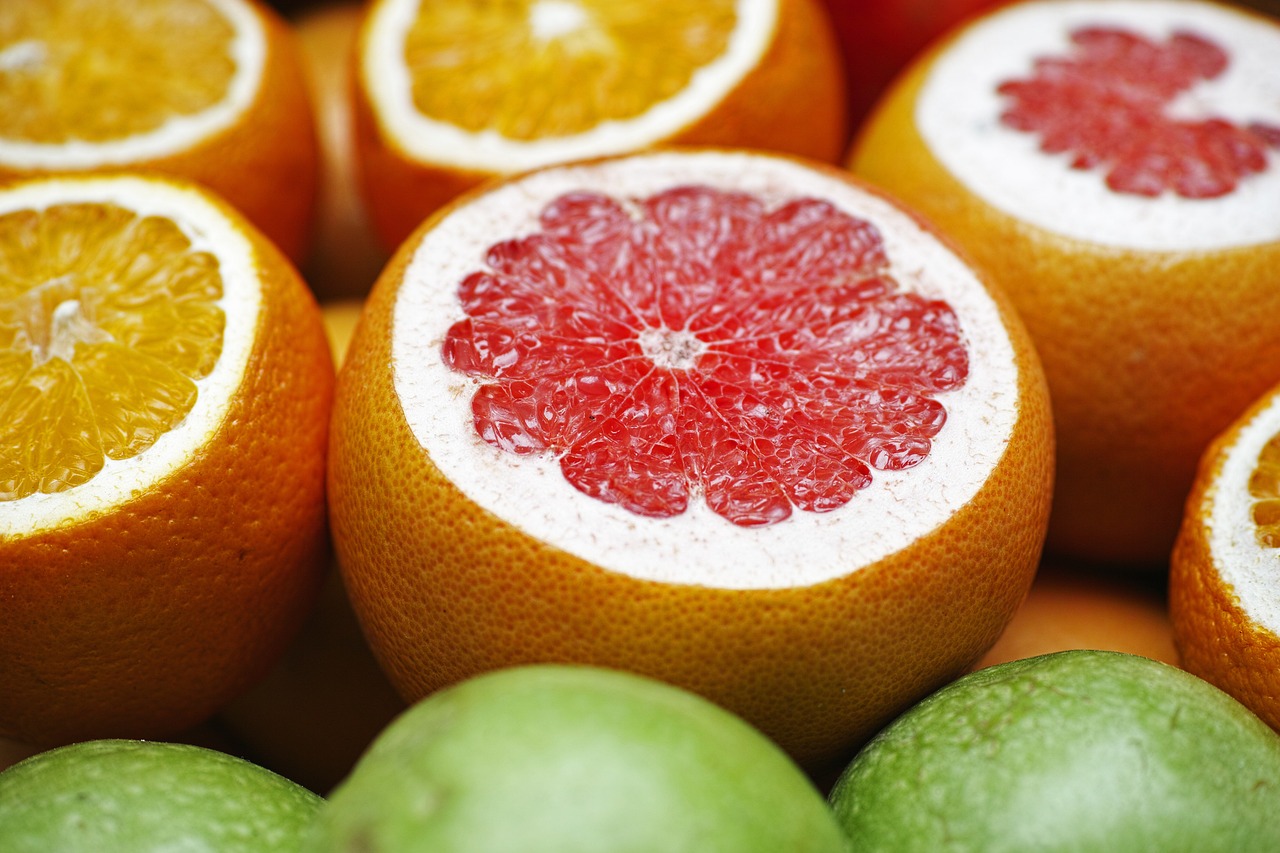 Image by Engin Akyurt from Pixabay
Image by Engin Akyurt from Pixabay
5. Alcohol
Alcoholic beverages, especially red wine, beer, and certain spirits, contain compounds like histamines and sulfites, which can trigger headaches in susceptible individuals. Moreover, alcohol can lead to dehydration, a common trigger for headaches.
6. Artificial Sweeteners
Artificial sweeteners like aspartame and sucralose, found in diet sodas and sugar-free products, have been linked to headaches in some individuals. These sweeteners can disrupt neurotransmitter levels in the brain, potentially leading to headache symptoms.
 Image by 🌸♡💙♡🌸 Julita 🌸♡💙♡🌸 from Pixabay
Image by 🌸♡💙♡🌸 Julita 🌸♡💙♡🌸 from Pixabay
7. MSG
Monosodium glutamate (MSG), commonly found in processed foods, Chinese cuisine, and restaurant meals, is infamous for triggering headaches in sensitive individuals. MSG can overexcite nerve cells, leading to neurological symptoms like headaches and migraines.
 Image by xiuqilong from Pixabay
Image by xiuqilong from Pixabay
8. Cured or Smoked Fish
Cured or smoked fish like smoked salmon or pickled herring often contain high levels of tyramine, making them potential headache triggers. Additionally, the smoking or curing process can introduce additives like nitrates, further exacerbating the risk of headaches.
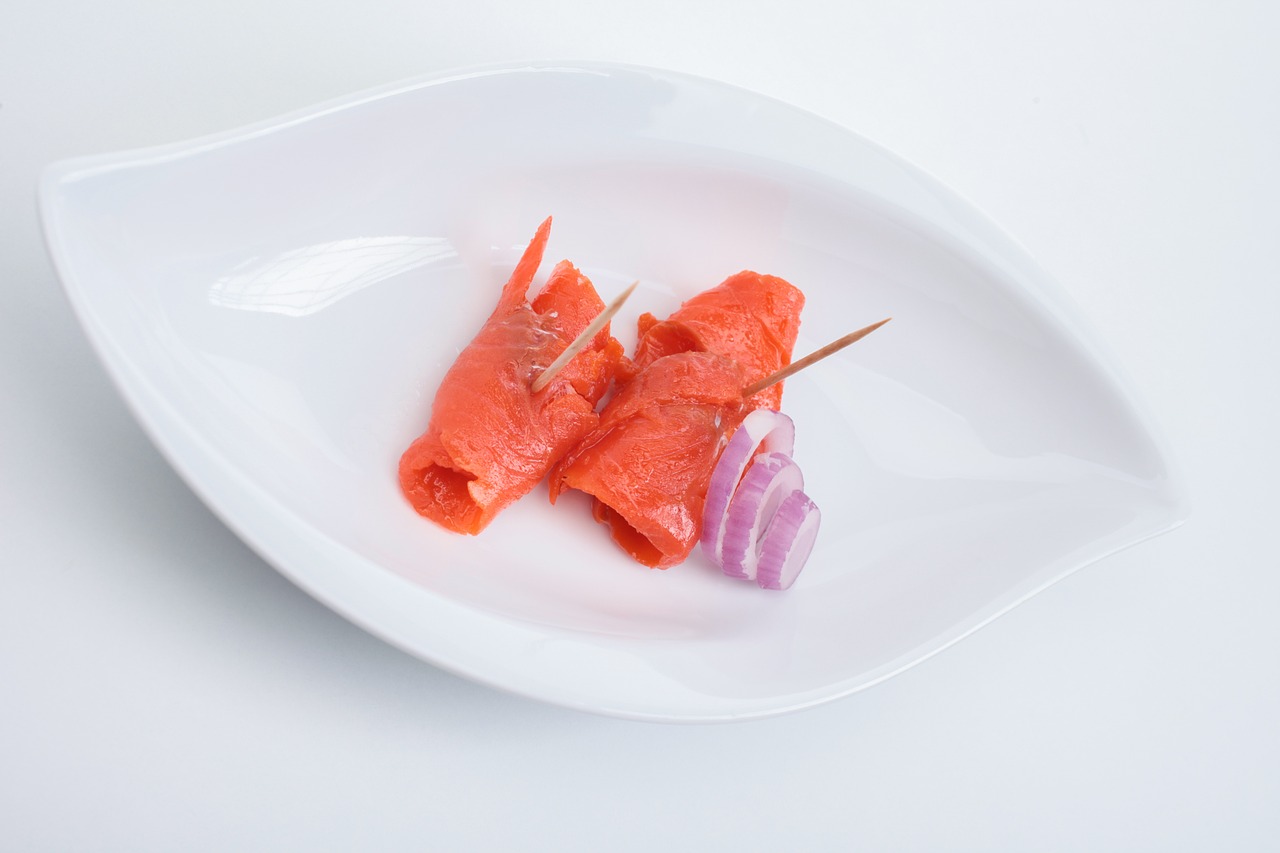 Image by Angelo Esslinger from Pixabay
Image by Angelo Esslinger from Pixabay
9. Onions
Onions, a staple ingredient in many dishes, contain sulfites, which can trigger headaches in some individuals. Moreover, onions can be a potent migraine trigger due to their strong aroma and flavor.
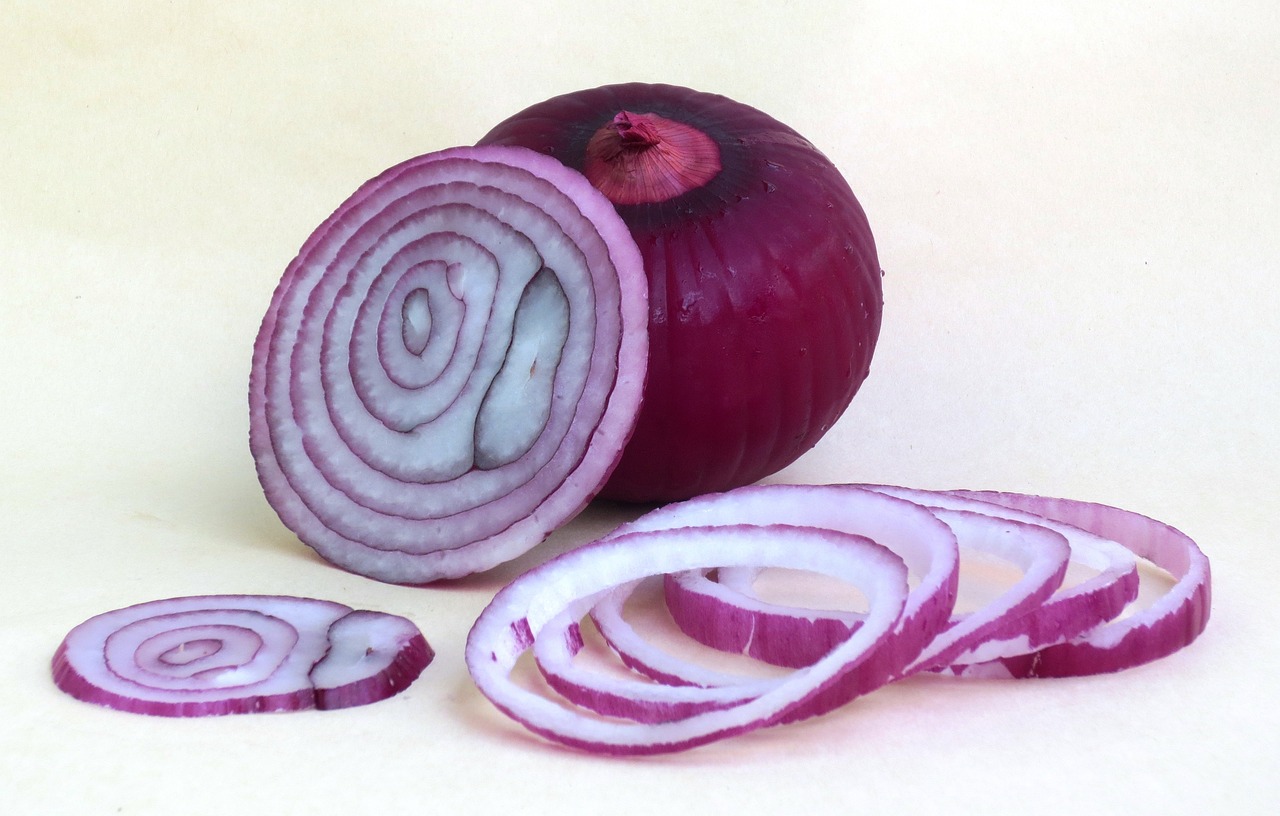 Image by Marco Costanzi from Pixabay
Image by Marco Costanzi from Pixabay
10. Salty Snacks
Indulging in salty snacks like chips, pretzels, and crackers can lead to dehydration, which is a common trigger for headaches. Excessive sodium intake can disrupt the delicate balance of electrolytes in the body, leading to headaches and other health issues.
On the other hand, certain foods are known for their potential to alleviate headache symptoms. By incorporating these foods into your diet, you may be able to soothe headaches and promote overall wellness. Here are 10 foods renowned for their headache-relieving properties:
1. Watermelon
Watermelon, with its high water content, can help combat dehydration, a common trigger for headaches. Additionally, it contains magnesium, which has been linked to headache relief by promoting blood vessel relaxation.
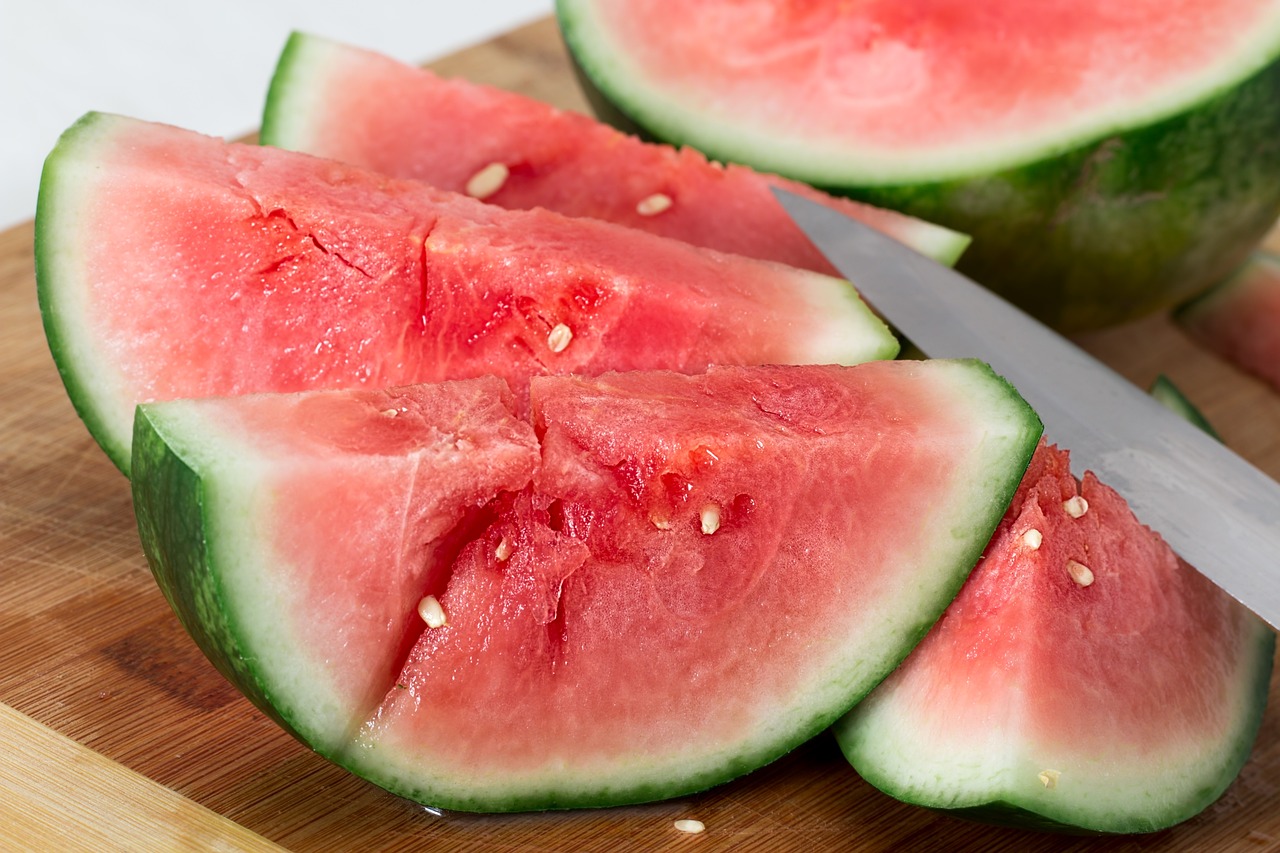 Image by Steve Buissinne from Pixabay
Image by Steve Buissinne from Pixabay
2. Ginger
Ginger possesses potent anti-inflammatory properties that can help reduce inflammation associated with headaches. Whether consumed fresh, as a tea, or in culinary dishes, ginger has been used for centuries as a natural remedy for various types of headaches.
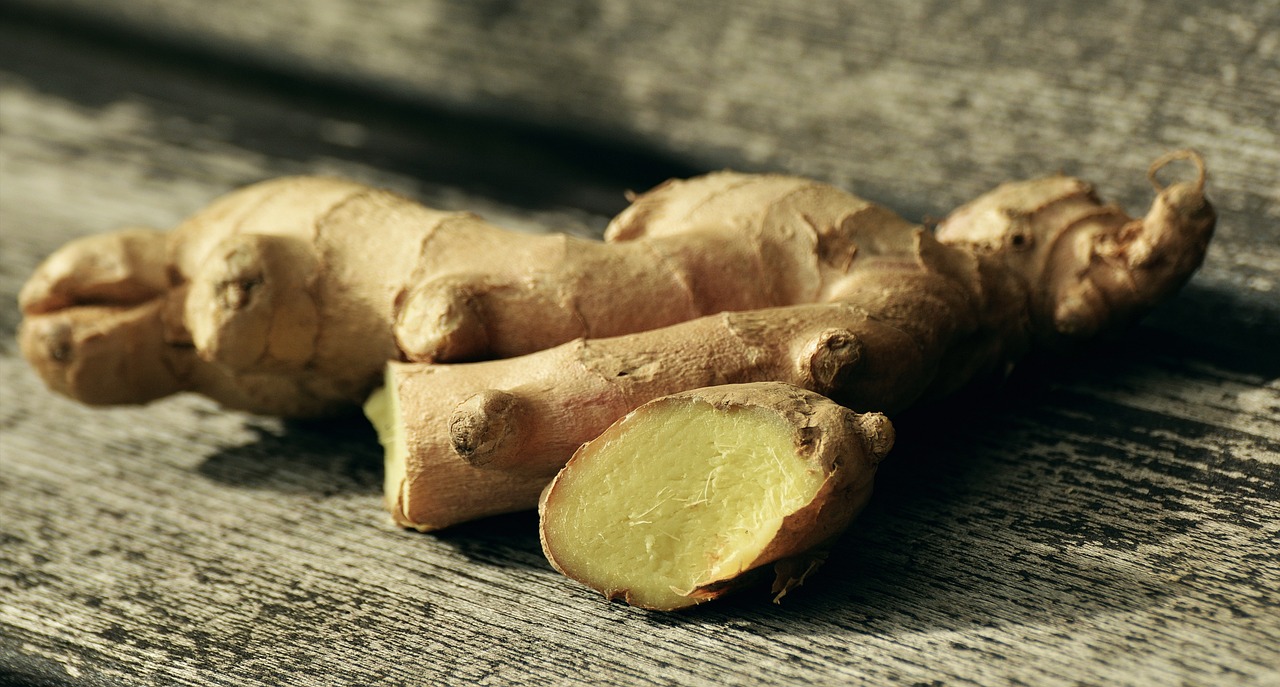 Image by congerdesign from Pixabay
Image by congerdesign from Pixabay
3. Spinach
Spinach is a powerhouse of nutrients, including magnesium, which plays a crucial role in relaxing blood vessels and alleviating headaches. Incorporating spinach into salads, smoothies, or cooked dishes can provide a significant boost of this essential mineral.
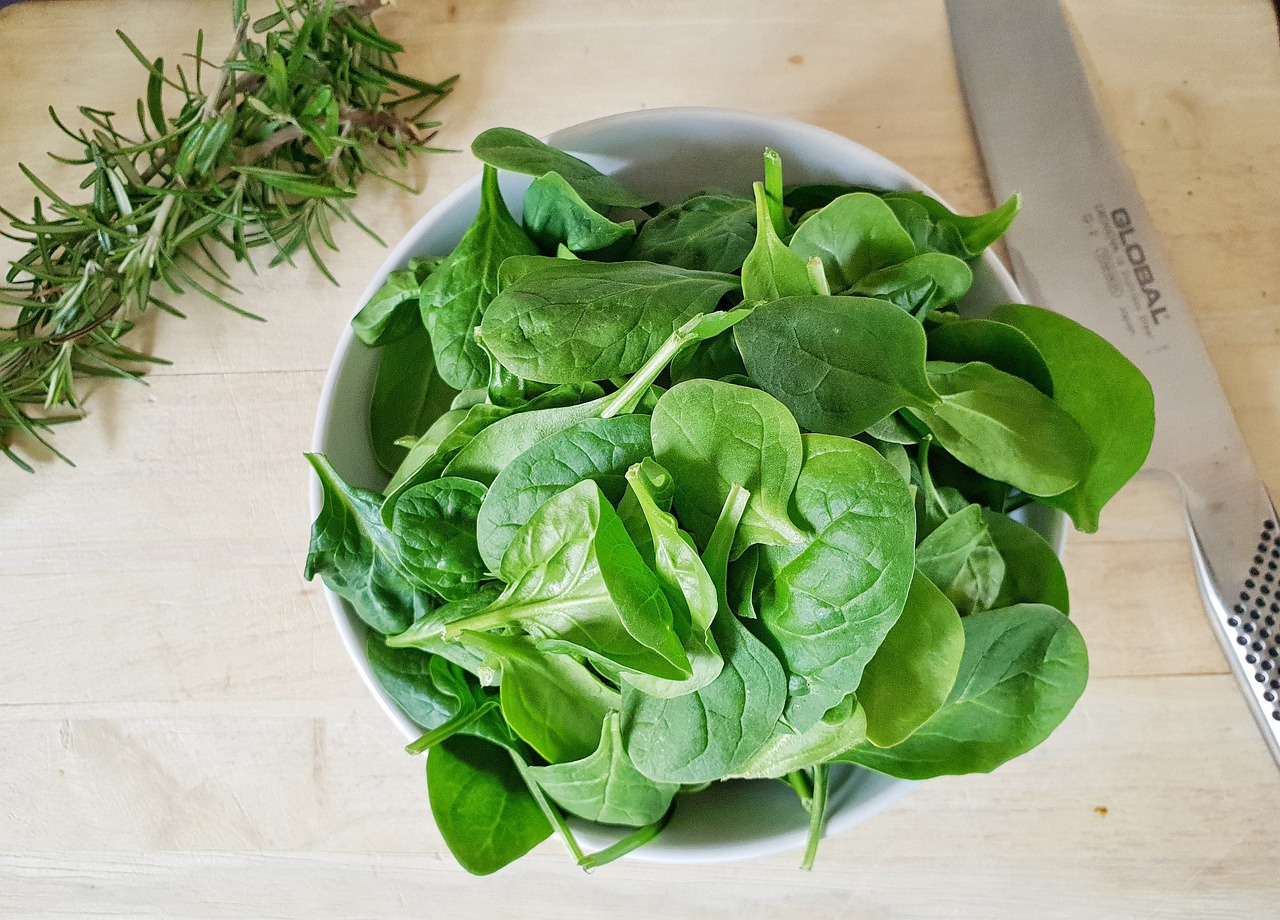 Image by Clara Sander from Pixabay
Image by Clara Sander from Pixabay
4. Almonds
Almonds are packed with magnesium and riboflavin (vitamin B2), both of which have been shown to reduce headache frequency and severity. Snacking on a handful of almonds or incorporating almond butter into your meals can provide a tasty and effective way to alleviate headaches.
 Image by Martin Hetto from Pixabay
Image by Martin Hetto from Pixabay
5. Flaxseeds
Flaxseeds are rich in omega-3 fatty acids, which have anti-inflammatory properties that may help reduce headache symptoms. Sprinkling ground flaxseeds on yogurt, oatmeal, or salads can be an easy way to incorporate this nutritious seed into your diet.
 Image by Alex Dante from Pixabay
Image by Alex Dante from Pixabay
6. Peppermint
Peppermint contains menthol, which has a cooling effect that can help soothe tension headaches and migraines. Whether consumed as a tea, in oil form, or as a flavoring in foods, peppermint provides a refreshing and natural way to alleviate headache discomfort.
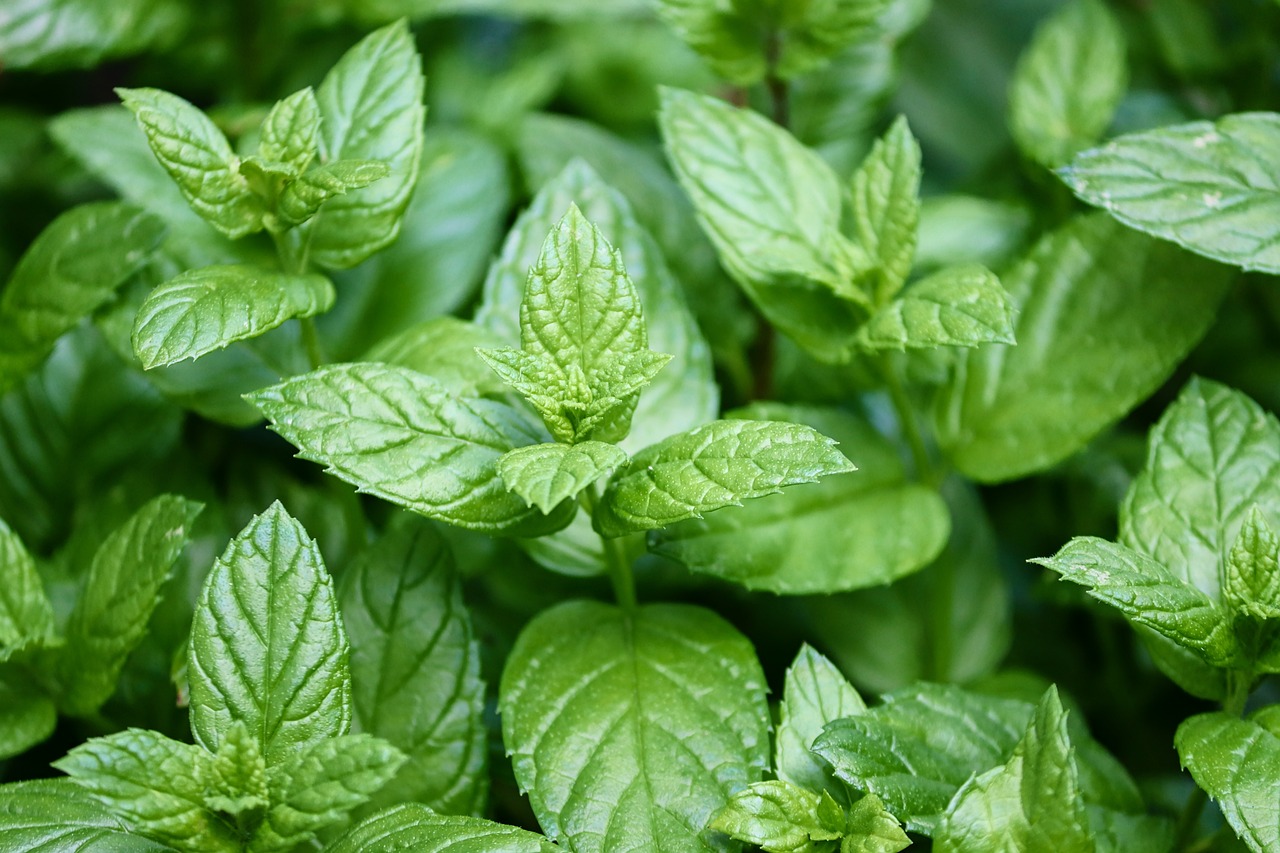 Image by Manfred Richter from Pixabay
Image by Manfred Richter from Pixabay
7. Quinoa
Quinoa is not only a complete protein but also a good source of magnesium, making it a valuable addition to a headache-relieving diet. Substituting quinoa for refined grains like white rice or pasta can provide a nutritional boost while potentially reducing headache frequency.
 Image by Luisella Planeta LOVE PEACE 💛💙 from Pixabay
Image by Luisella Planeta LOVE PEACE 💛💙 from Pixabay
8. Salmon
Salmon is abundant in omega-3 fatty acids, which have anti-inflammatory properties that may help reduce headache intensity and duration. Incorporating salmon into your meals a few times a week can provide a delicious and nutritious way to support headache relief.
 Image by congerdesign from Pixabay
Image by congerdesign from Pixabay
9. Cherries
Cherries contain compounds like anthocyanins and quercetin, which have antioxidant and anti-inflammatory properties that may help alleviate headache symptoms. Enjoying a bowl of fresh cherries or drinking cherry juice can offer natural relief from headaches.
 Image by Wolfgang Claussen from Pixabay
Image by Wolfgang Claussen from Pixabay
10. Dark Leafy Greens
Dark leafy greens such as kale, Swiss chard, and collard greens are rich in magnesium and other essential nutrients that support overall health, including headache relief. Adding a variety of dark leafy greens to your meals can provide a nutritional boost while potentially reducing headache frequency and severity.
KEEP ON READING

The 5 Most Consumed Foods in the Entire World
